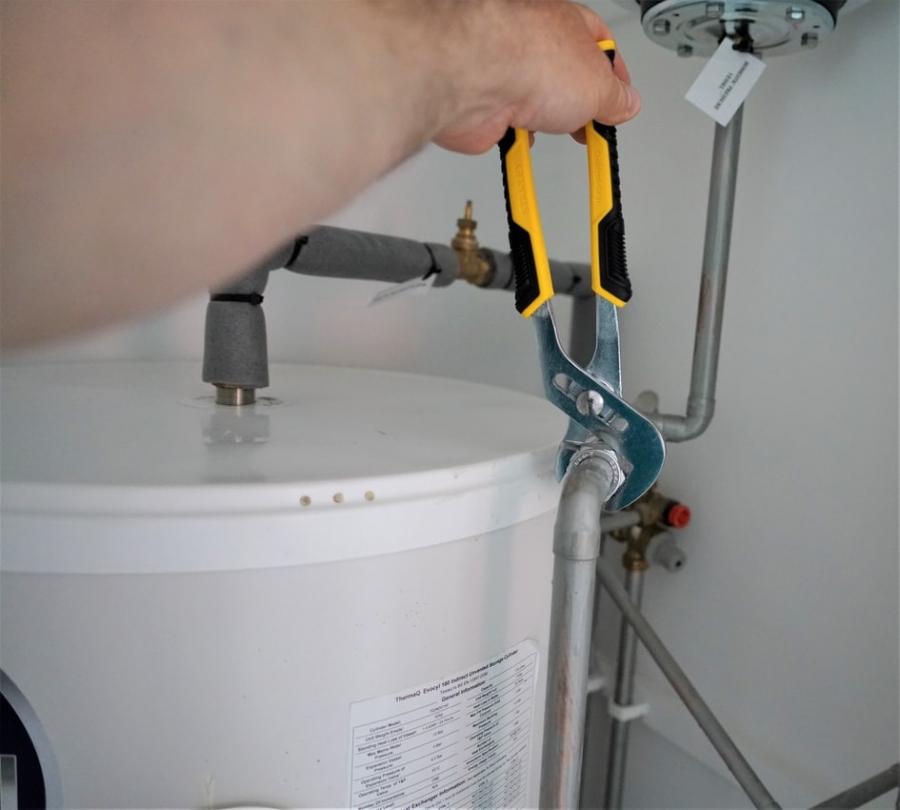Winterizing your plumbing is essential to get your home ready for the cold weather that leads to leaks and flooding. When water freezes, it expands to form ice, which exerts pressure within the pipes, increasing the risk of rupturing. This process can save you a lot of money and hassle by avoiding plumbing repairs or replacements. Use the tips outlined below to winterize your home’s plumbing system.

Fit Heat Cable
Heat cables help protect vulnerable pipes. They come with a thermostat that detects temperature, turning the heat off and on as required to stop the pipes from freezing.
Shut Off Outdoor Faucets
Open the outdoor faucets and let any excess water run out, and then shut them off at the shutoff valve. If you fail to drain the bleeder cap first, the pipe might still freeze and leak.
Inspect the HVAC System
If your heating system breaks down in the dead of winter, the freezing temperatures will affect the pipes until you perform the repair. Make sure your heating unit is functioning correctly before winter comes.
Disconnect Hoses
If you leave a water-filled hose out in the cold, it will freeze. If the hose remains connected to the faucet, ice may back up into the piping system inside your home, causing pipes to rupture. Ensure you disconnect all hoses from the faucets, drain and store them for the cold weather.
Insulate Pipes
Pipes in unheated places such as garages, attics, or crawl spaces are vulnerable to freezing temperatures. Get a heat cable and coat it with pipe insulation. Although pipe insulation alone cannot withstand lasting freezing temperatures, it can help prevent warm air from getting to the pipes.
Insulate the Garage Door
Insulate the garage door if your water supply lines run in the garage. Consider combining insulation and heat cable. If it’s extremely cold, place a portable heater in the garage.
Open Cabinet Doors
In cold weather, consider opening the bathroom or kitchen cabinets. This will enable heated air to reach the pipes connecting to the sinks. Behind closed doors, pipes become vulnerable to freezing because warm air inside your home cannot reach them.
Check the Exterior
Walk around your home searching for visible cracks and holes that should get sealed. Cold air can seep through the holes and cracks, resulting in frozen pipes. Use caulking or expandable foam to fill the gaps and save the pipes.
Winterizing your plumbing doesn’t take a lot of time or effort. Follow the above-outlined tips to keep your plumbing system working and pipes intact throughout the coldest season of the year.
